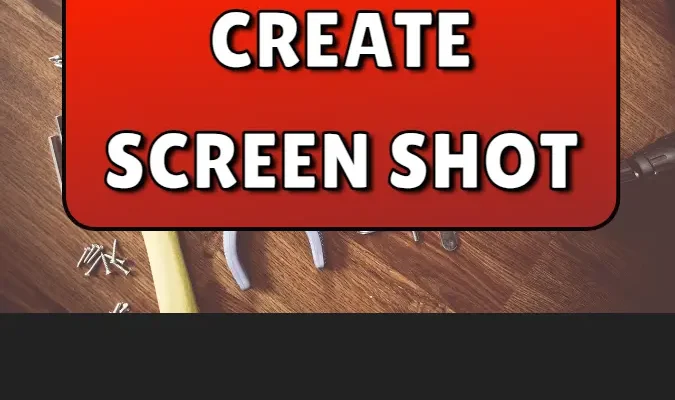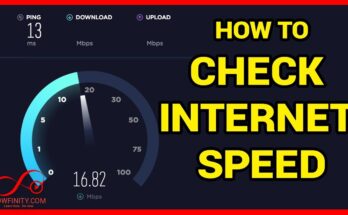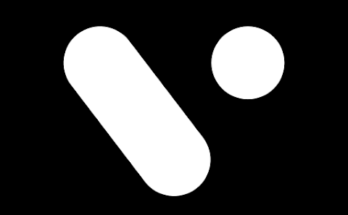In the digital age, screenshots have become an indispensable tool for communication, documentation, and sharing information. Whether you’re a designer showcasing your work, a developer documenting a bug, or a social media manager creating content, the ability to quickly and easily generate high-quality screenshots is crucial.
A screen shot generator is a tool that allows you to capture and create screenshots of various types, including full-page screenshots, scrolling screenshots, annotated screenshots, and more. These tools are designed to be user-friendly, allowing anyone to create professional-looking screenshots without the need for technical expertise.
Types of Screenshots
- Full-Page Screenshots: Full-page screenshots capture an entire webpage in a single image, including content that extends beyond the visible area of the screen. This type of screenshot is useful for capturing the entirety of a webpage for documentation or sharing purposes.
- Scrolling Screenshots: Scrolling screenshots, also known as long screenshots, capture a continuous image of a webpage that extends beyond the screen size. This is useful for capturing long webpages or documents that require scrolling to view in their entirety.
- Annotated Screenshots: Annotated screenshots allow you to add annotations, such as text, arrows, shapes, and highlights, to highlight or explain specific elements within the screenshot. This is useful for providing feedback, instructions, or explanations.
- Device-Specific Screenshots: Device-specific screenshots allow you to simulate how a webpage or app appears on different devices, such as smartphones, tablets, or desktops. This is useful for testing and showcasing responsive design.
Features of a Screen Shot Generator
- Capture Options: A screen shot generator should offer a variety of capture options, including full-page, scrolling, and device-specific screenshots.
- Annotation Tools: Annotation tools should be available to add text, arrows, shapes, and highlights to screenshots.
- Editing Tools: Basic editing tools, such as cropping, resizing, and rotating, should be available to customize screenshots.
- Sharing Options: The ability to easily share screenshots via email, social media, or cloud storage services is essential.
- Customization Options: Customization options, such as adding watermarks, logos, or branding elements, can enhance the professional look of screenshots.
- Compatibility: The screen shot generator should be compatible with various devices and operating systems to ensure accessibility for all users.
Benefits of Using a Screen Shot Generator
- Efficiency: A screen shot generator saves time by quickly capturing and creating screenshots without the need for manual cropping or editing.
- Professionalism: High-quality screenshots created with a screen shot generator enhance the professional appearance of documentation, presentations, and social media content.
- Clarity: Annotated screenshots provide clarity by highlighting specific elements and providing context or explanations.
- Consistency: Using a screen shot generator ensures consistency in the appearance and format of screenshots across different devices and platforms.
- Accessibility: Screen shot generators are accessible to users of all levels of technical expertise, making it easy for anyone to create professional-looking screenshots.
In conclusion, a screen shot generator is a valuable tool for creating every type of screenshot, from full-page captures to annotated screenshots. With its user-friendly interface and powerful features, a screen shot generator can enhance efficiency, professionalism, and clarity in your digital communication and documentation.



